You don’t need to be religious to feel the weight and meaning of Holy Week in Ayacucho. Just walking through the streets, lit by candles and filled with music and solemn processions, you’ll understand why it’s such an important time for the city. Here’s everything you should know about the dates, background, and unique experiences that make this one of the most powerful celebrations in Peru.
What is Holy Week in Ayacucho?
Holy Week in Ayacucho is one of the biggest religious events in Peru. For nine days straight, the city fills with processions, church events, and traditional songs (some in Quechua, some in Spanish). It honors the last days of Jesus—his death and resurrection—but it also brings together a lot of local culture and community.
Because of its cultural importance, it’s been declared a Cultural Heritage of the Nation. And across Latin America, it’s known as one of the most meaningful Holy Week events—second only to Seville in terms of size and tradition.
When does it take place in 2025?
In 2025, Holy Week in Ayacucho will run from Friday, April 11 to Sunday, April 20. The dates change each year but usually fall between March and April. During this time, the city holds a wide range of religious, cultural, and community activities.
Here are the key dates:
- Friday of Sorrows – April 11
- Palm Sunday – April 13
- Holy Monday – April 14
- Holy Thursday & Good Friday – April 17–18
- Easter Sunday – April 20
There’s at least one procession each day, and some go late into the night.
Why is holy week in Ayacucho so famous?
Holy Week in Ayacucho is famous for involving the entire city. For nine days, Ayacucho is filled with movement—people carrying images through the streets, lighting candles, singing from balconies, and quietly following along. It’s one of the most complete Holy Week experiences in the country.
Did you know? Ayacucho holds more than 10 processions throughout the week—one for each day, sometimes more. Each has its own meaning and tradition
A Quick History of Holy Week in Ayacucho
How It Started
The celebration began in the 1500s, when Spanish missionaries brought Christianity to the region. Over time, local communities added their own ways of celebrating, especially during the 20th century, which gave the week its current character.
Holy Week in Ayacucho in the 19th Century
Although Holy Week was already part of life in Ayacucho during colonial times, it became even more important in the 1800s. Around the mid-19th century, the celebration grew stronger thanks to the rise of the guano trade and the growth of livestock fairs in the Pampas River valley. These activities came to a close with the Holy Saturday gathering at Acuchimay Hill.
Several processions that began during this time are still held today. Among them are the Lord of Triumph (Palm Sunday), introduced by Father Isidro Miranda, and Our Lady of Solitude (Good Friday), which was kept alive by devoted neighbors like Marcos Pantoja and Pablo Moya. Another notable tradition from that era is the Friday of Sorrows procession at La Magdalena Church, where locals decorated the platforms with care and devotion.
Holy Week in Ayacucho in the 20th Century
In the early 1900s, the Church in Ayacucho—led by Bishop Fidel Olivas Escudero—restructured Holy Week in an effort to reinforce religious and social order. Some processions were discontinued, and strict rules were introduced for schedules and participants. By 1912, only a limited number of processions were allowed, and the celebration became more regulated, under strong church influence.
Later, in the 1960s, a respected local named Otoniel brought back many of the processions that had been cut. His efforts helped restore the event’s reputation and set the foundation for how it’s celebrated today.
Holy Week in Ayacucho Today
Today, Holy Week in Ayacucho is one of the most recognized cultural events in Peru. For nine days, the city becomes a stage for community participation, music, religious devotion, and tradition. It’s a time when people gather in the streets—locals and visitors alike—to take part in something meaningful that blends faith, history, and culture.
Day-by-Day: What to Expect During Holy Week in Ayacucho
Friday of Sorrows (April 11)
The beginning of reflection and devotion
Holy Week kicks off with Friday of Sorrows. The first altars are set up across the city, marking the start of something special. At 7 p.m., the procession of the Lord of Agony and Our Lady of Sorrows leaves La Magdalena Church, accompanied by Saint John and Veronica.
The streets come alive with a mix of solemnity and humor: dry branches are burned, "ninatoros" (young people in bull costumes) appear, and locals play traditional pranks—like sewing each other’s clothes in secret or poking with thorns, filling the night with laughter and tradition.
Saturday of Passion (April 12)
Palms and preparation
This day brings the arrival of yellow and green palms from the La Mar province, which are distributed at the prefecture or sold at the market. At night, the Lord of the Vine departs from Pampa San Agustín Church, followed by a devoted crowd.
Palm Sunday (April 13)
Joyful celebration with palms and song
Worshipers gather in Ayacucho’s main square, holding palm and olive branches, ready to receive blessings at the cathedral. The atmosphere is full of joy and hope as the Lord of Palms (or Lord of Triumph) makes his entrance—riding a donkey, symbolizing Christ's arrival in Jerusalem.
Lunes Santo
Silence and solemnity
Holy Monday begins with the procession of the Lord of the Garden, which departs from the Temple of the Good Death and passes through the Plaza Mayor. The mood is calm and reflective.
The day before, sponsors and locals gather candles, fruit from the Apurímac Valley, and olive branches to decorate the special platform known as the "trono watay". This day commemorates Jesus praying in the garden, so the celebration is quieter—no fireworks are used. Instead, songs are sung from balconies, honoring the sacred moment.
Holy Tuesday (April 15)
A time of solemn preparation
On Holy Tuesday, the image of Jesus the Nazarene is carried from the Santa Teresa Convent to Santa Clara Church as part of the preparations for the next day’s main event—Holy Wednesday's Encounter. That evening, the procession of the Lord of the Sentence departs from La Amargura Church, representing Christ’s capture and sentencing.
The image—hands bound, marked with signs of suffering—follows a path with fourteen stations, where participants pray the Stations of the Cross in both Quechua and Spanish, accompanied by hymns.
Holy Wednesday (April 16)
The emotional Encounter: Jesus and Mary
Holy Wednesday is one of the most moving days of the entire week. In Ayacucho’s main square, thousands gather for the Encuentro (Encounter)—a reenactment of the moment Jesus meets his mother, Mary, on the way to Calvary.
The streets are lit with thousands of candles, and neighbors create elaborate floral carpets for the images to walk on. The emotional scene features Jesus, Mary, Saint John, and Veronica, accompanied by solemn music and deep silence. The highlight of the evening takes place in the square, where the meeting of mother and son moves the entire city. It’s one of the most anticipated and heartfelt moments of the week.
Holy Thursday (April 17)
Sacred altars and deep reflection
Holy Thursday in Ayacucho begins early with the traditional visiting of Eucharistic altars. Churches are beautifully decorated with bread, grapes, wheat stalks, and lamb figurines, symbolizing the Last Supper. The bishop performs the symbolic foot washing, and the holy oils used throughout the year are consecrated.
There are no processions today, but visitors are encouraged to walk between the city’s temples in quiet contemplation. The air is filled with herbal scents, candlelight, and a strong sense of spiritual reverence.
Good Friday (April 18)
Silence says it all
Good Friday is one of the most solemn and powerful moments of the week. At sunset, the procession of the Holy Sepulcher begins. The image of Christ, laid in a glass casket surrounded by white roses, is carried through the streets from Santo Domingo Church.
He is accompanied by Our Lady of Sorrows and a procession of mourning women dressed in black. The only light comes from candles, and the atmosphere is deeply emotional as participants sing “Apuyaya Jesucristo,” a traditional Andean hymn full of devotion and sorrow.
Holy Saturday (April 19)
A shared moment of quiet and hope
Holy Saturday, known as Sábado de Gloria, is a time of reflection and family togetherness. The day begins with a Marian pilgrimage to Quinuapata, followed by the presentation of mayordomos (sponsors) and the placement of the image on the Trono Watay.
There are no daytime masses, but at midday, the Easter Vigil begins with the blessing of the fire, water, and Paschal candle. The city remains quiet and hopeful, awaiting the joy of Resurrection Sunday.
Easter Sunday (April 20)
Light, joy, and collective celebration
With the first light of dawn, fireworks fill the sky to welcome Resurrection Sunday—the most joyful day of the week. The image of the Risen Christ is carried through the streets on the shoulders of the faithful, accompanied by songs, applause, and heartfelt emotion.
In the morning, the procession of the “Lord of the Dawn” takes place, and in the afternoon, the celebration continues with the traditional horse race led by the Morochucos (local cowboys), bringing a festive close to an unforgettable week.
What to Do in Ayacucho During Holy Week
1. Stroll through the Plaza Mayor
The Plaza Mayor, also known as Plaza Sucre, is the heart of Ayacucho. Surrounded by colonial mansions, wooden balconies, and the grand Cathedral of Huamanga, the plaza becomes the main stage for nightly processions. Locals, musicians, and visitors gather here, filling the space with candlelight, music, and reverence.
2. Explore Ayacucho’s colonial churches
Ayacucho is home to 33 colonial churches, each with its own unique features. Some showcase baroque architecture, others house wood-carved altars and centuries-old religious paintings. Must-visits include the Cathedral, San Cristóbal, La Merced, and Santo Domingo. Beyond religious importance, these buildings hold deep artistic and historical value.
3. Discover Santa Ana Neighborhood and its Handicrafts
Just a short walk from the city center lies Santa Ana, a traditional neighborhood known for its master artisans. Here, you can watch the creation of retablos (miniature altarpieces), textiles, filigree jewelry, ceramics, and stone carvings made from Huamanga stone. Many workshops are open to the public, and artisans often share their techniques. It’s the perfect place to find a handmade souvenir.
›› Find out more: The fine art of the Retablo ayacuchano
4. Visit the Wari Archaeological Site and Quinua Village
About 20 minutes from the city, you’ll find the Wari archaeological site, once the capital of the pre-Inca Wari culture (600–1100 A.D.). You can explore its stone and adobe walls, ceremonial D-shaped buildings, and underground galleries, which will give you an idea of this sophisticated ancient civilization.
Nearby, you can visit the picturesque village of Quinua, which is famous for its pottery and Andean charm. Homes are decorated with tiny ceramic bulls and figurines, and locals welcome visitors to learn about traditional techniques passed down for generations.
5. Walk the historic fields of the Pampa de Ayacucho
This historic plain is one of Peru’s most important landmarks. It was here, on December 9, 1824, that the Battle of Ayacucho was fought—marking the final victory in Peru’s independence from Spanish rule.
Today, you can visit the commemorative obelisk, walk the battlefield, and enjoy panoramic views of the surrounding valley. It’s a must-visit for history lovers.
6. Try traditional dishes during Holy Week
- Puca Picante
This is the must-try dish. Its name means “red and spicy” in Quechua, and it’s made with potatoes, peanuts, and red chili pepper. It’s bold, colorful, and absolutely everywhere during Holy Week. Whether you're sharing a plate with locals at a family-style eatery or grabbing a portion at a fair, don’t skip this one. - Ayacuchano Chorizo
If you’re in town before Good Friday, you’ll probably catch a whiff of this smoky, pork-based sausage being grilled or fried. It’s packed with local spices and served with golden potatoes and salad. You can have it fresh from a street stand—and I’m still thinking about it. - Adobo Ayacuchano
Perfect for Holy Saturday, this dish is both rich and comforting. Pork is marinated in chicha de jora (a fermented corn drink), mixed with spices like cumin and ají panca, and served hot in a flavorful broth. Locals eat it as a strong breakfast or an early lunch. If you’ve been out walking all morning, this is exactly what you’ll want. - Picante de Quinua
This is a quinoa-based dish with pork, cheese, milk, garlic, and cilantro. It’s simple and tastes homemade. The kind of meal you’d expect in a local kitchen, not something fancy—just good, honest food.
7. Try local sweets and drinks
During Holy Week, you’ll also come across a few traditional desserts and drinks. Some to look out for:
- Humitas dulces – sweet steamed corn cakes
- Teqtes – crunchy corn-based snacks
- Llipta pudding and balay sweets – both are more local and often homemade
Drinks:
- Ponche Ayacuchano – a warm, spiced drink made with egg and cinnamon
- Muyuchi – a simple fruit-flavored ice treat
- Pan chapla – a soft, round bread you’ll see everywhere during this season
›› Keep reading: 10 Postres peruanos que te llevarán directo al Paraíso
Getting to Ayacucho and tips for the Holy Week
How to get to Ayacucho
You’ve got two good options:
- By plane: Flights from Lima take about an hour. Ayacucho has a small airport with regular service during the week.
- By bus: Overnight buses from Lima take 8–10 hours. It’s a long ride, but the route passes through beautiful landscapes.
Tips for visiting Ayacucho
A few things we’d recommend based on experience:
- Book early – Holy Week is busy, and hotels and buses fill up fast.
- Arrive a day or two before everything starts. It’ll give you time to settle in.
- Stay near the center – Plaza Mayor is where most of the events happen.
- Have some cash – not all vendors accept cards, especially at markets or food stalls.
- Be respectful – processions are important to the community, so try not to cross the path or take flash photos.
- Try the local food – it's affordable and part of the experience.
Also, consider short trips to Quinua or the Pampa de Ayacucho—both are close and worth visiting.
What to bring
- An ID or passport
- Light clothes for daytime, and a sweater or jacket for cooler evenings
- Comfortable walking shoes (the streets are uneven in some areas)
- Sunscreen, sunglasses, and a hat.
¿Is Holy Week in Ayacucho worth it?
Spending Holy Week in Ayacucho is a good way to see a side of Peru that’s centered on local tradition. It’s a calm but busy time, full of processions, food, and history. If you're already planning to be in Peru around March or April, adding Ayacucho to your itinerary is definitely worth it.
If you’re planning to visit Peru during Holy Week, don’t miss these other destinations where you can experience the celebration:

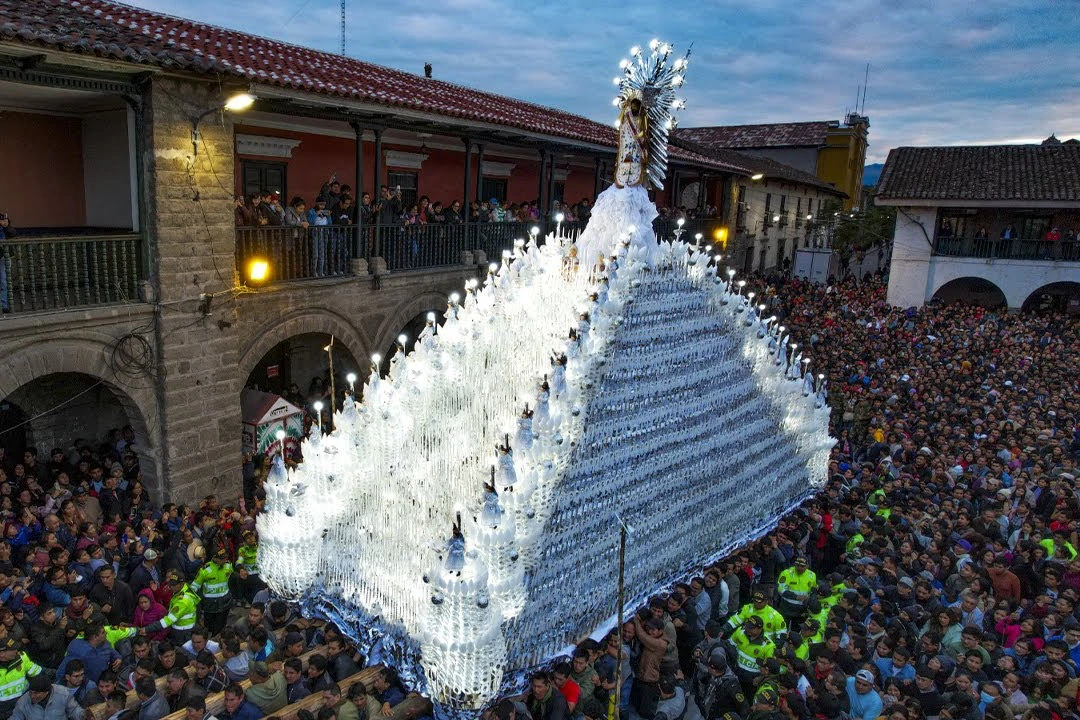
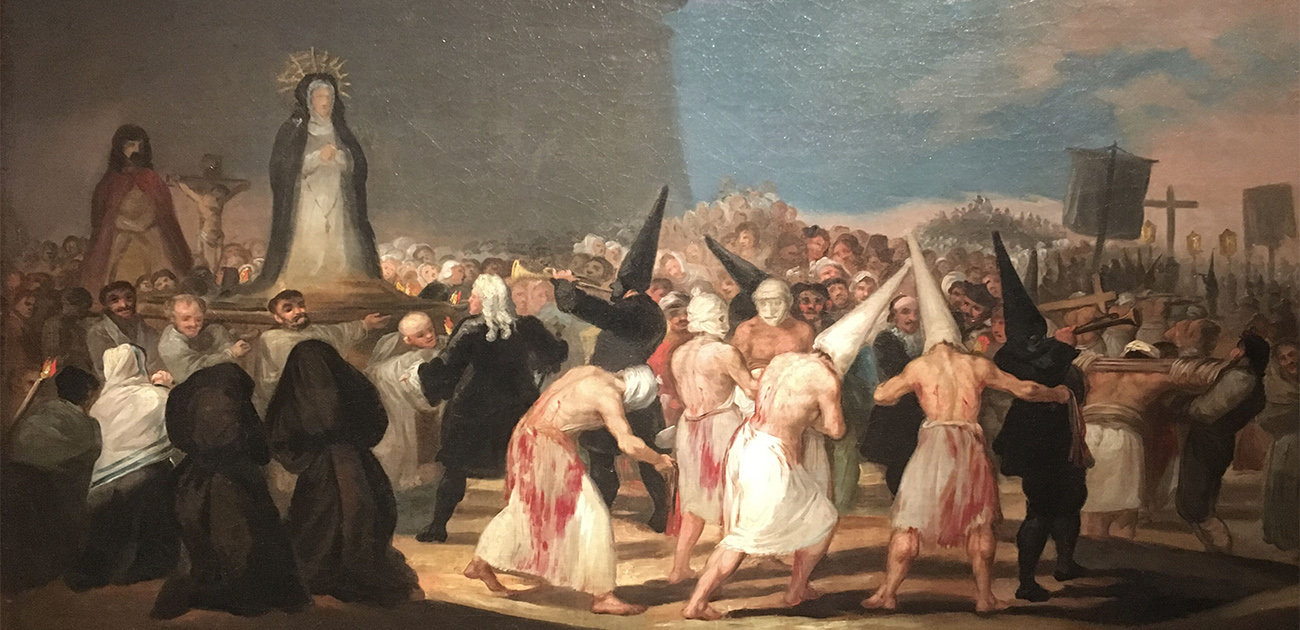
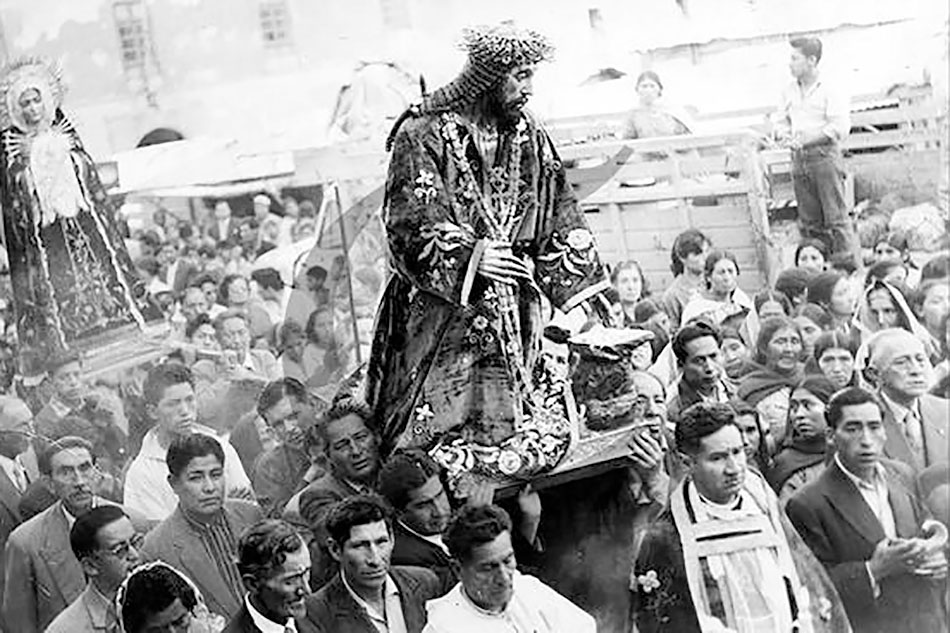
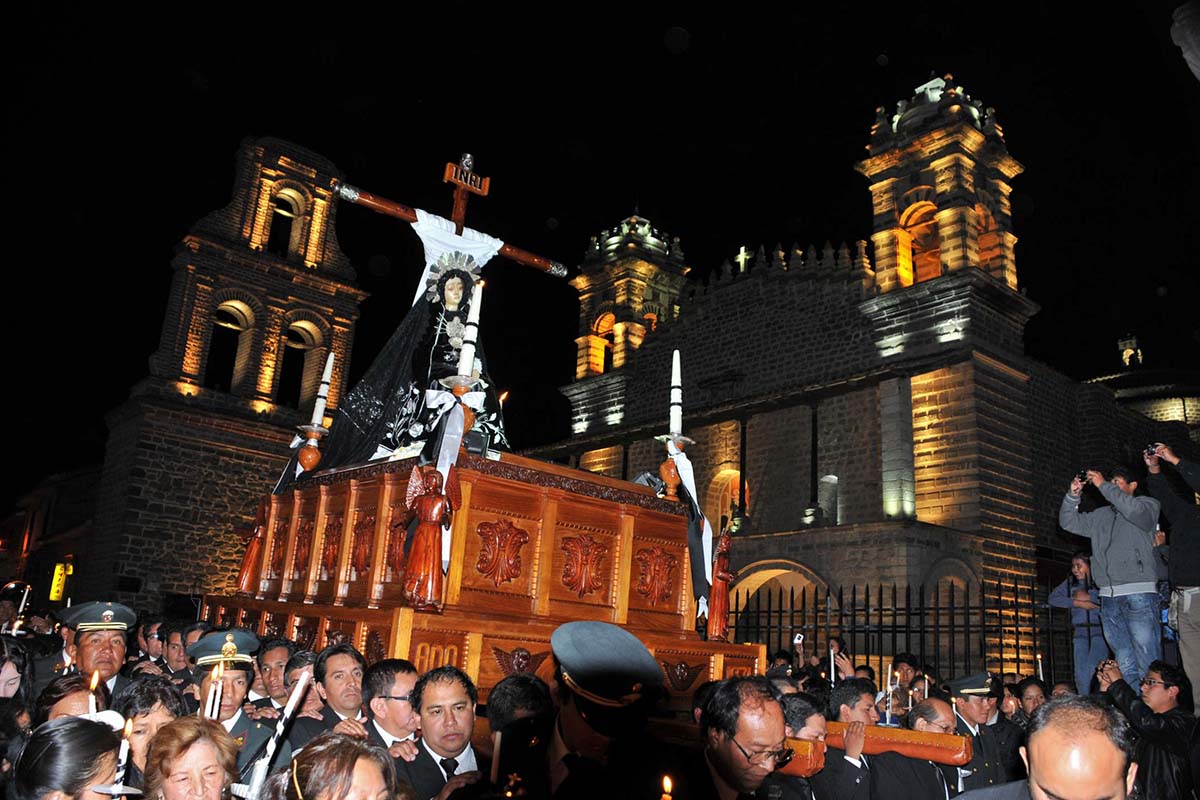

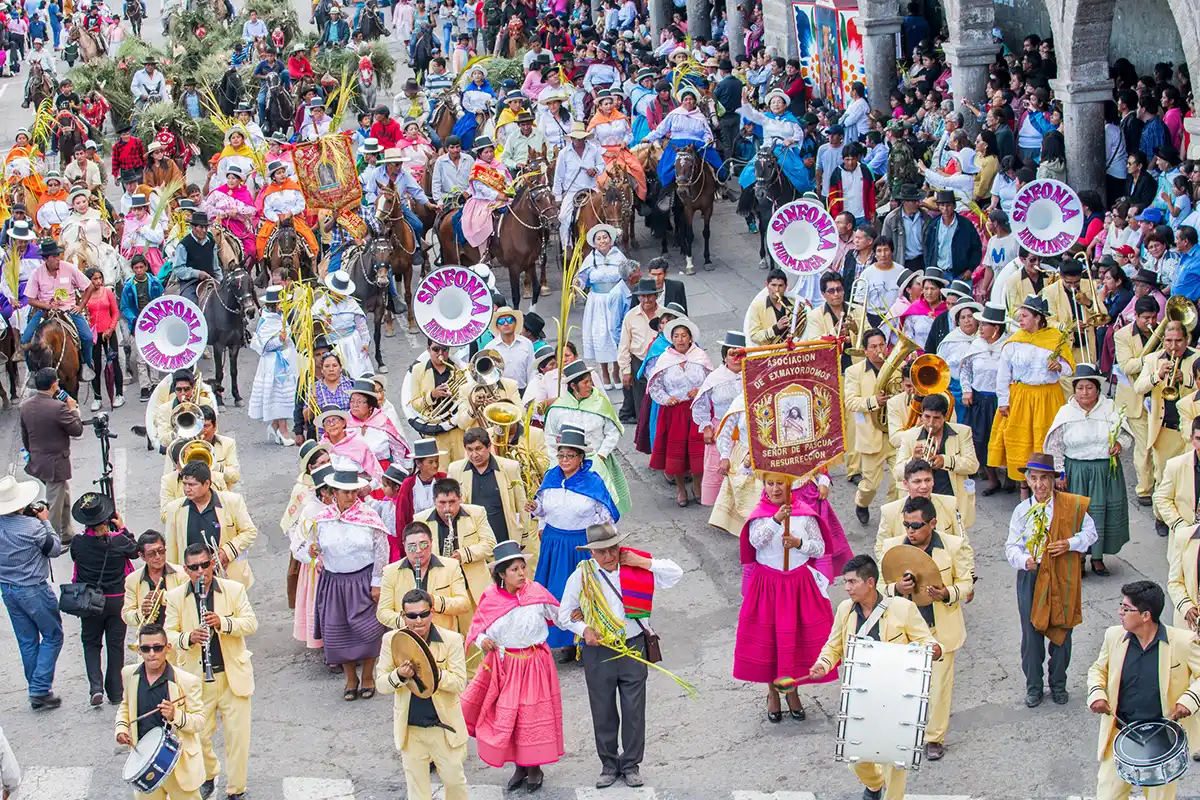
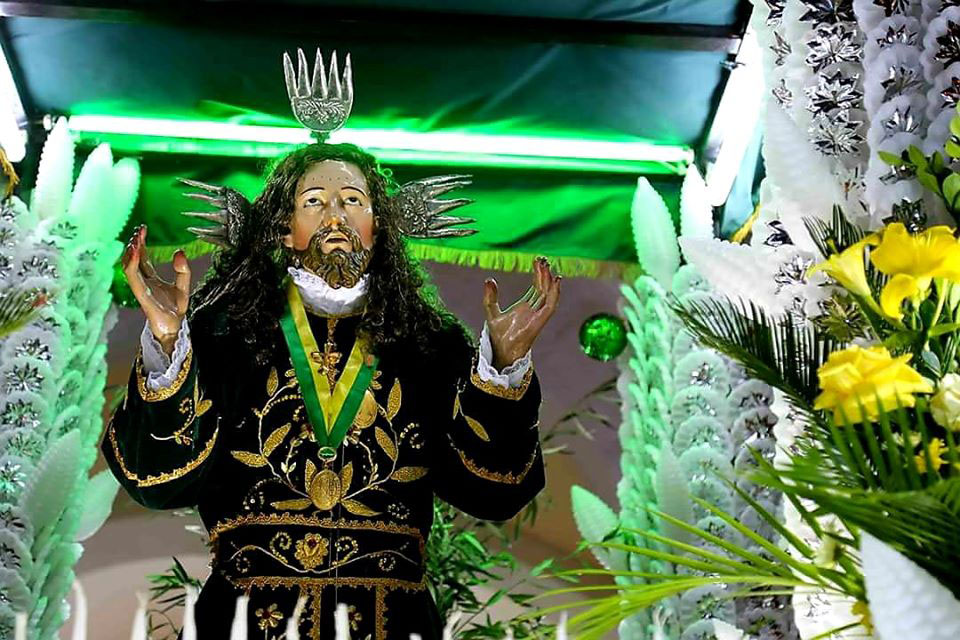
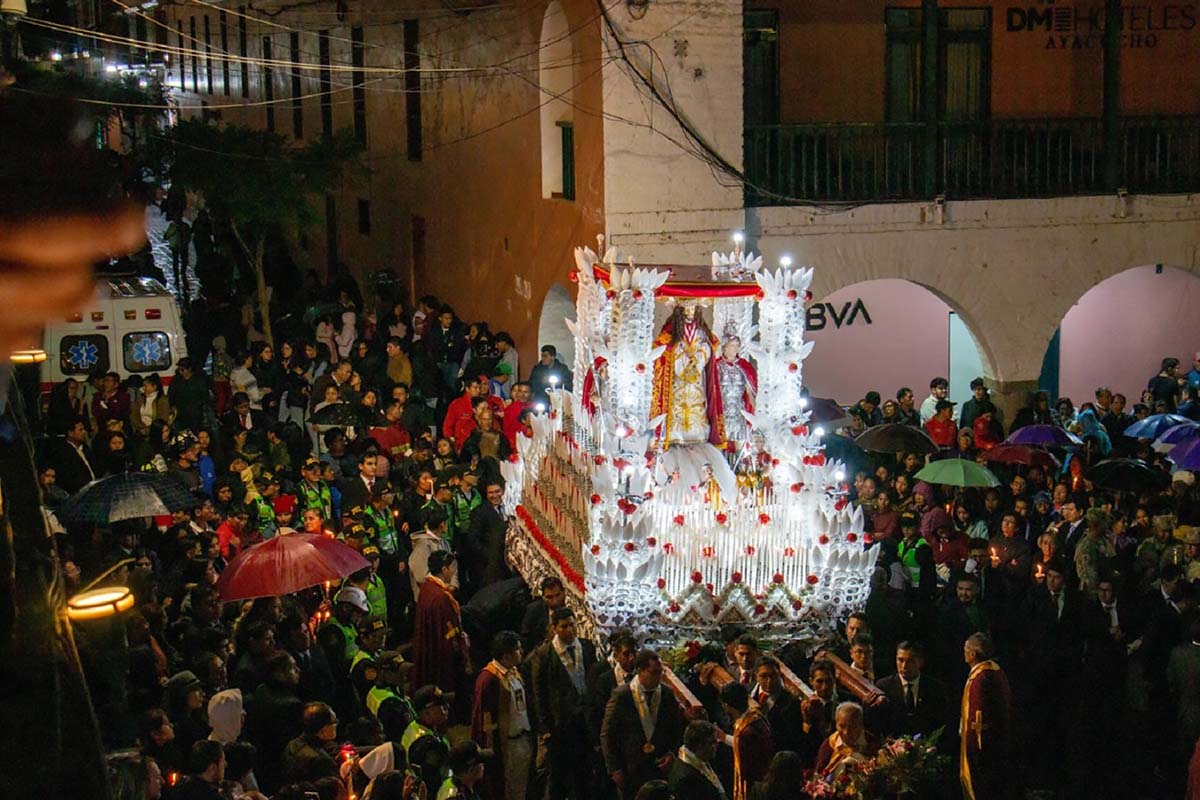
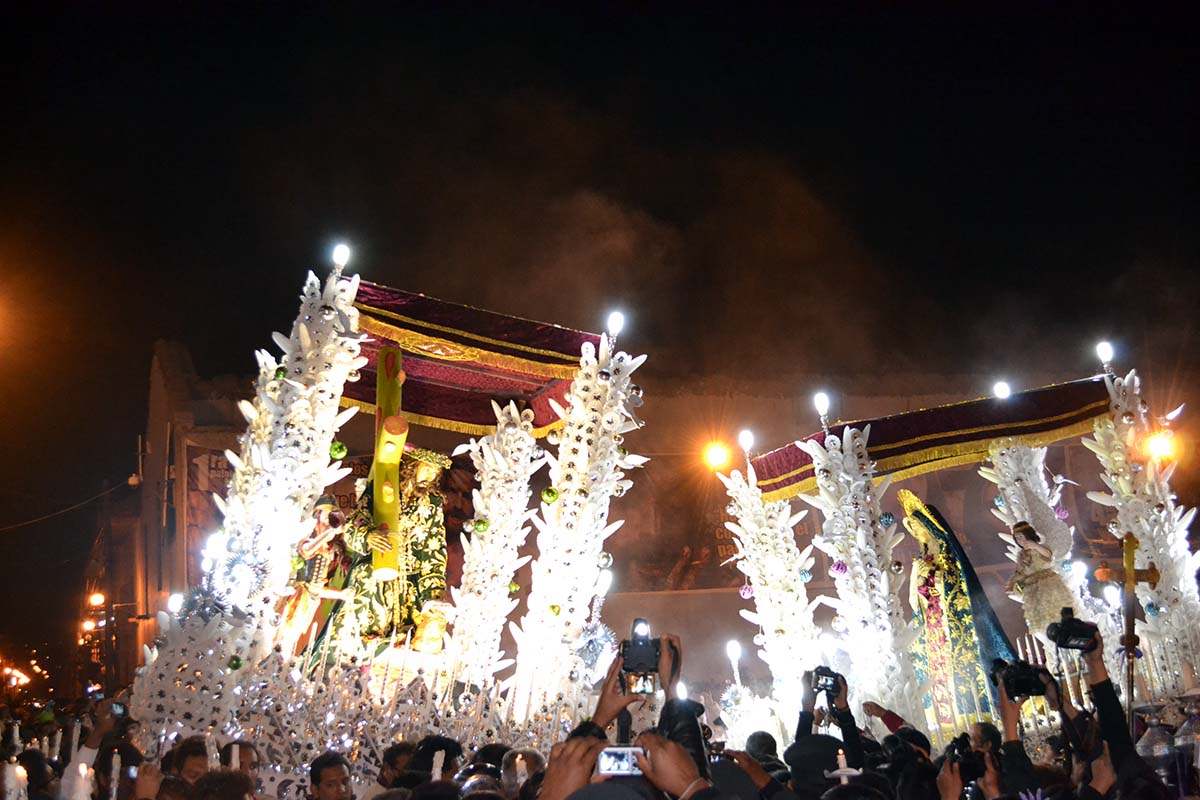
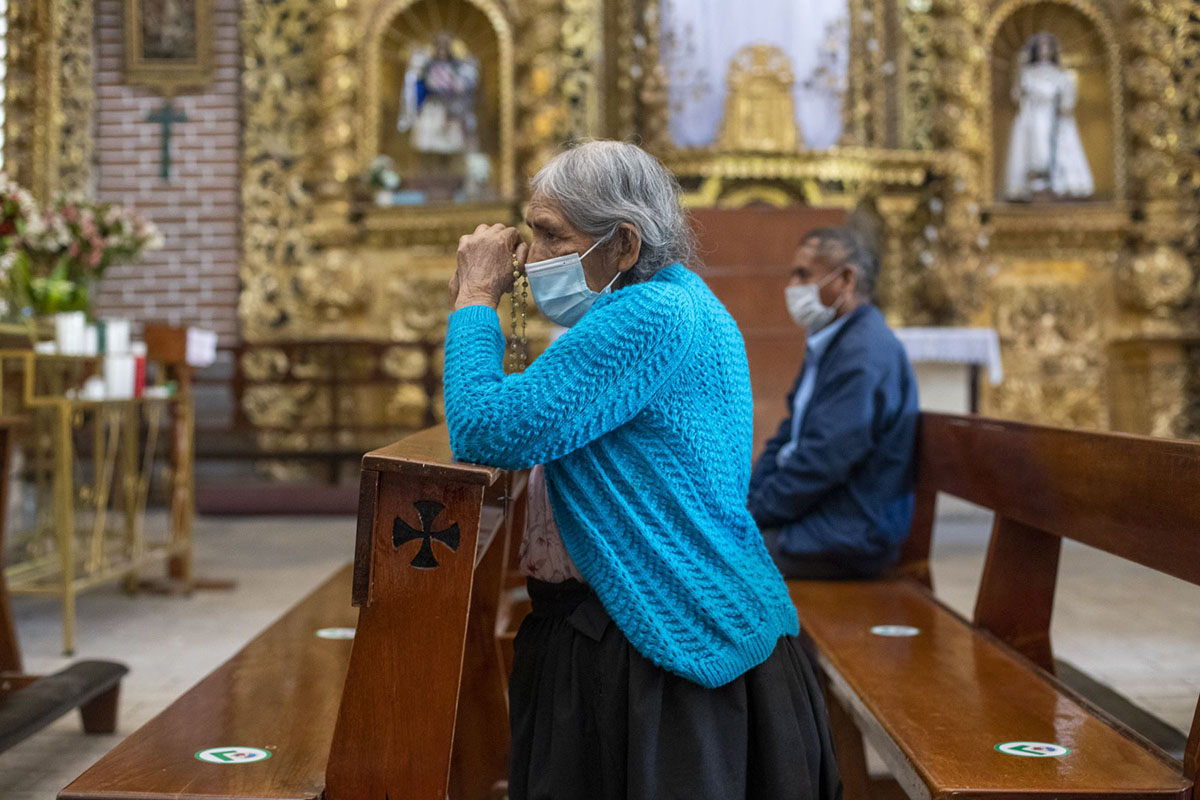
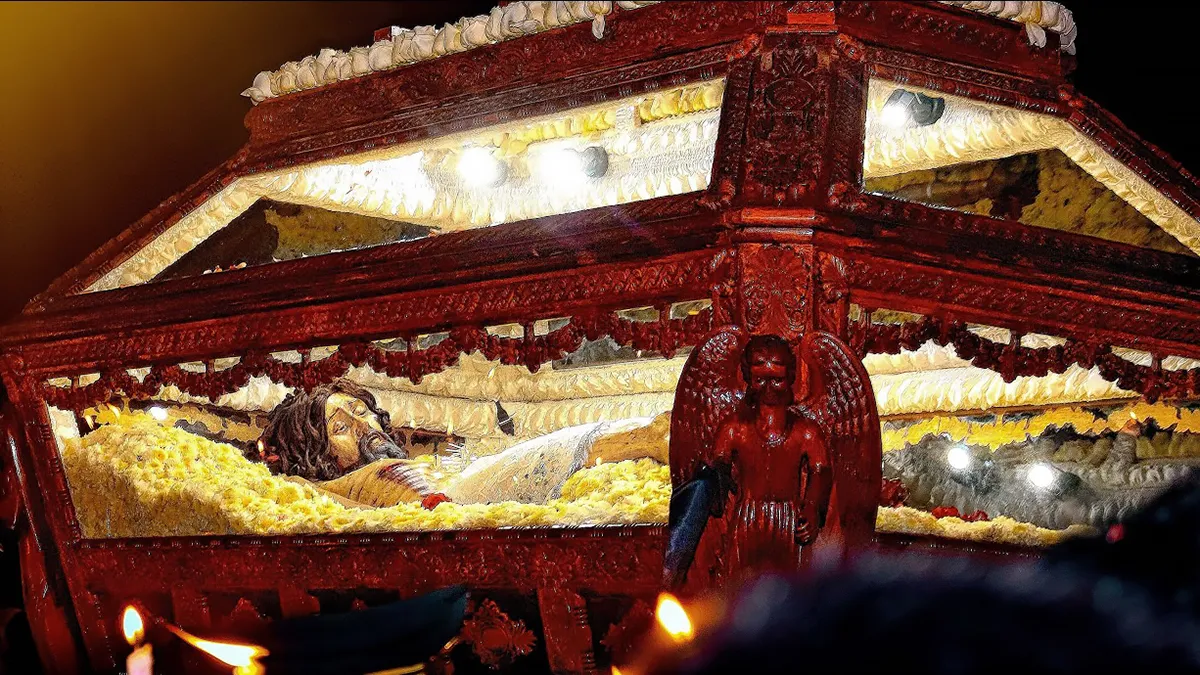
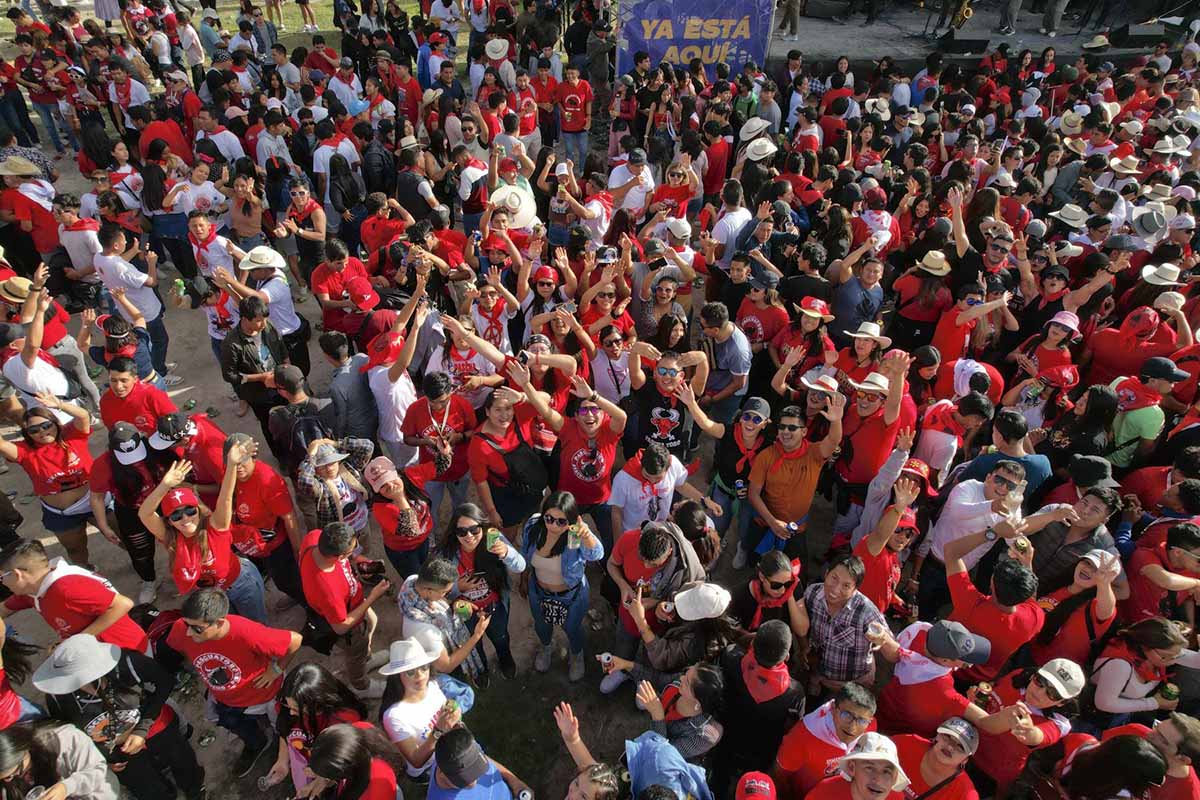
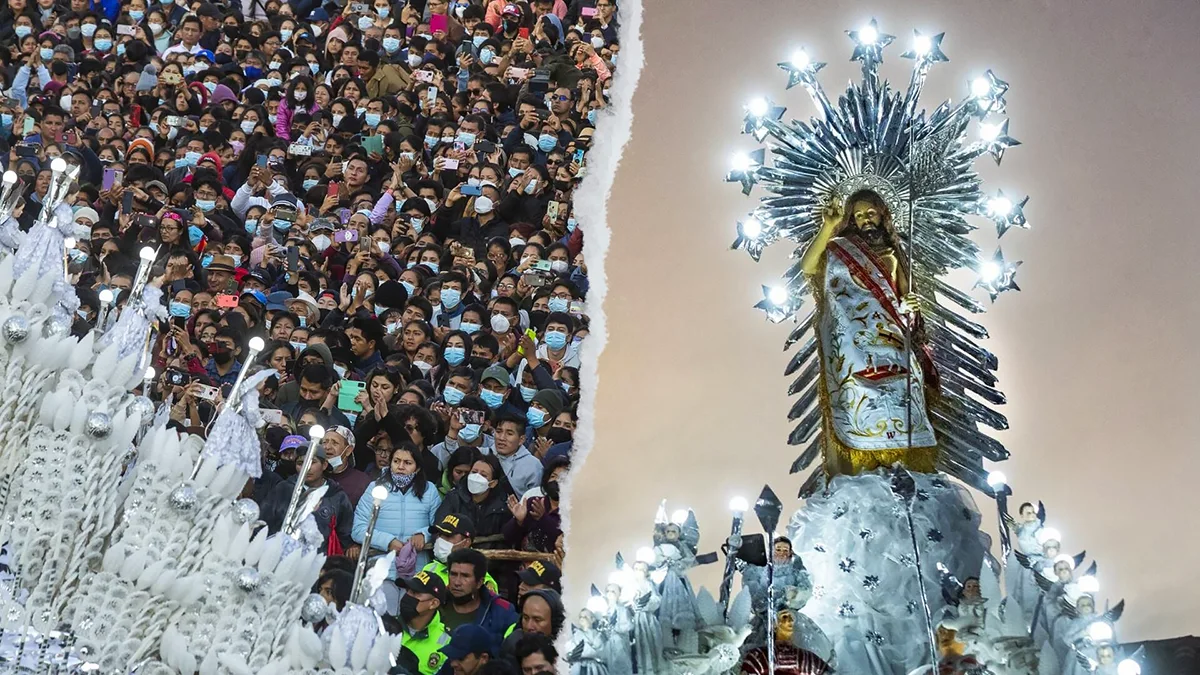
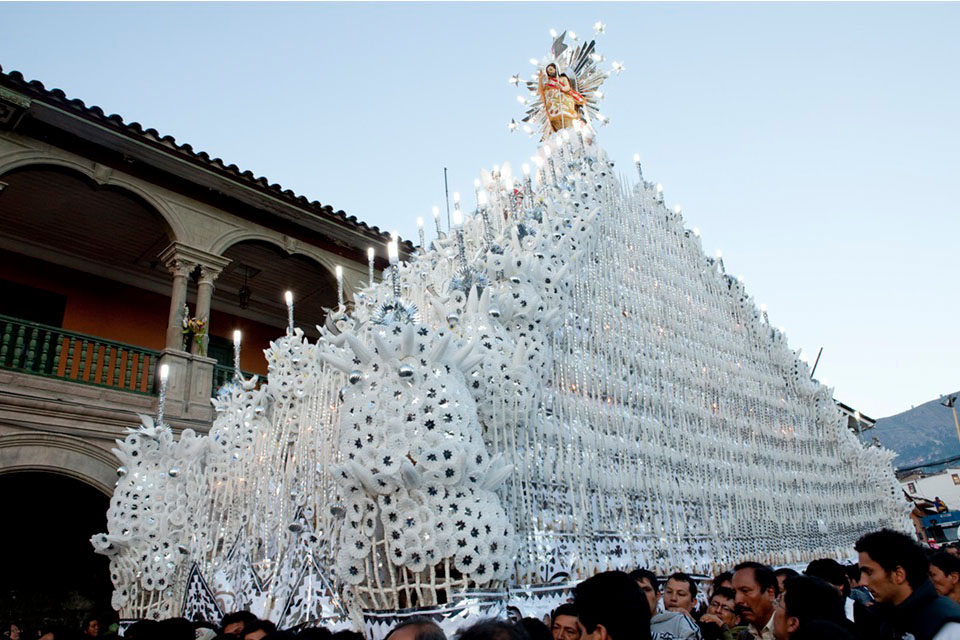
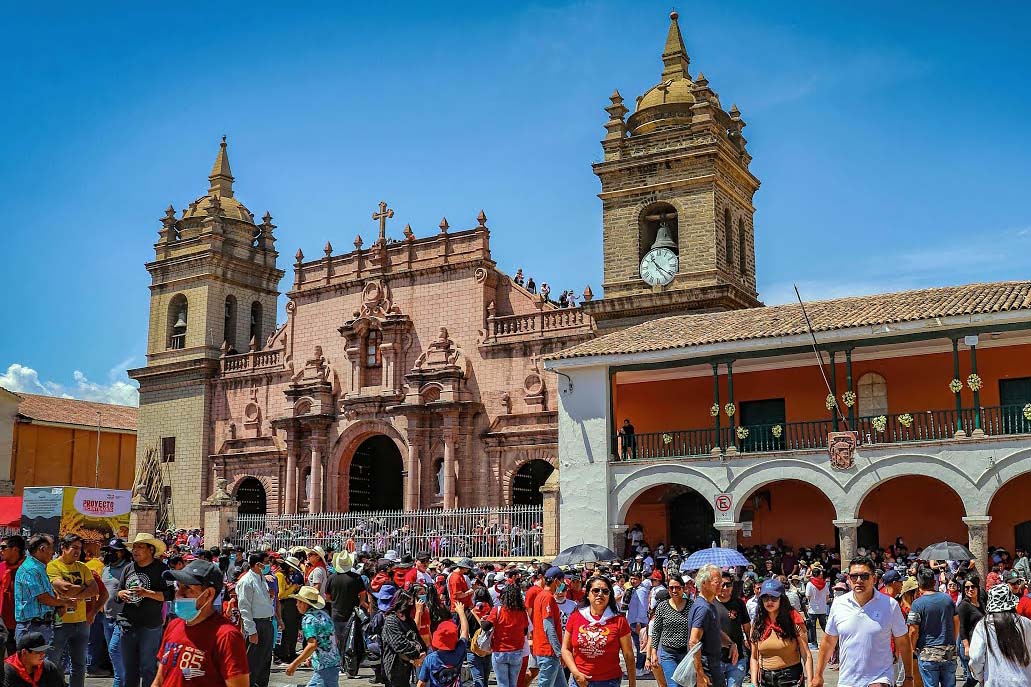
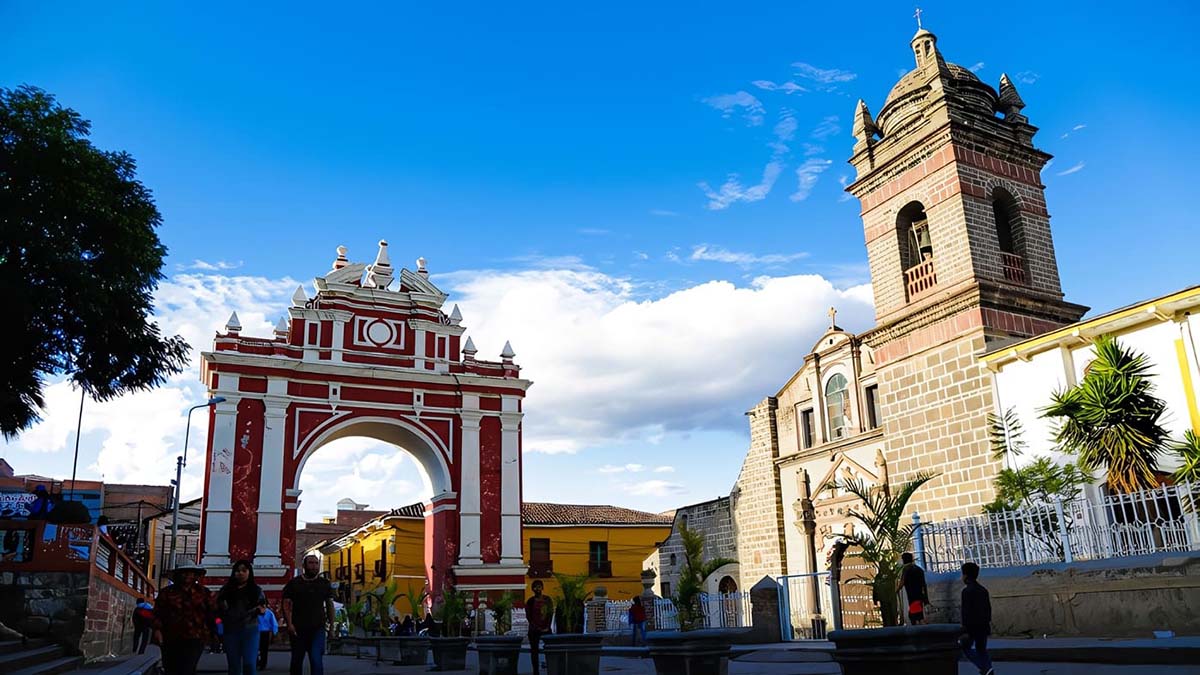
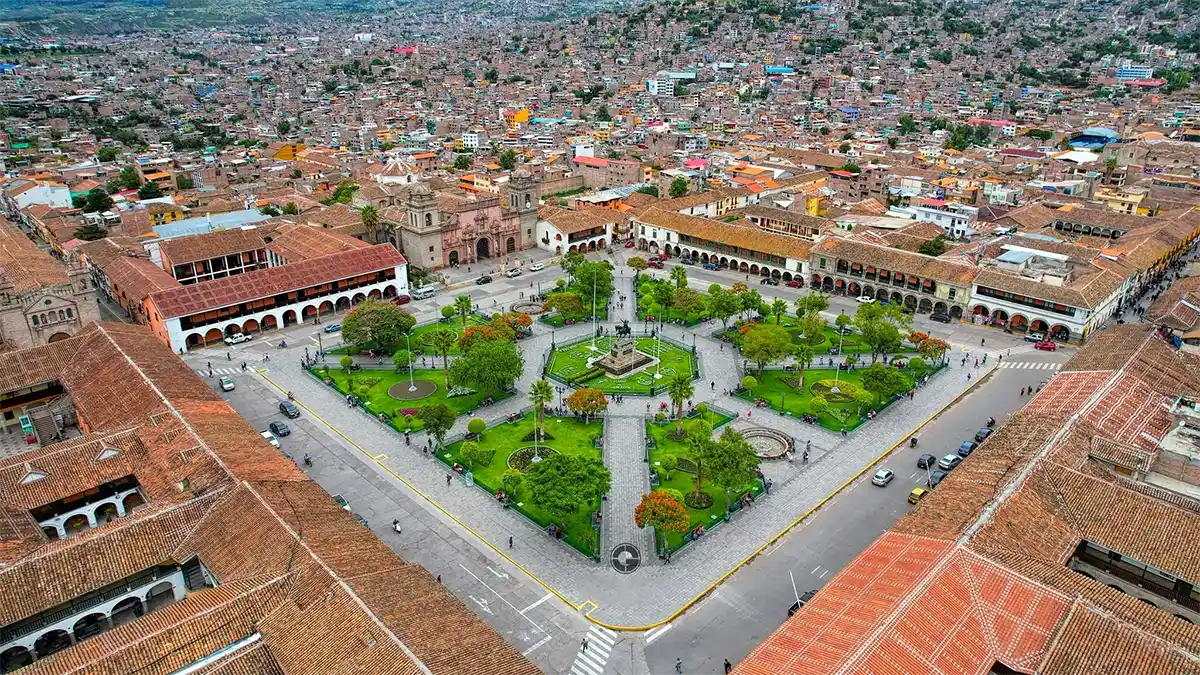
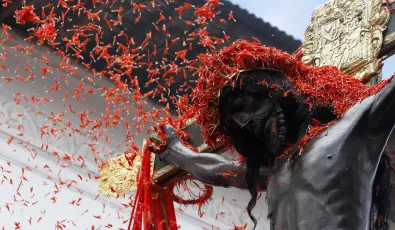
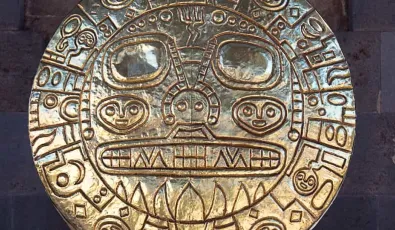
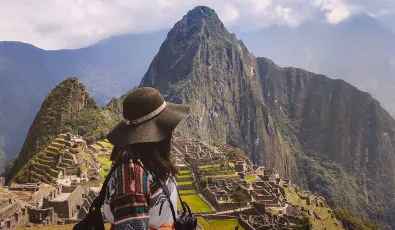

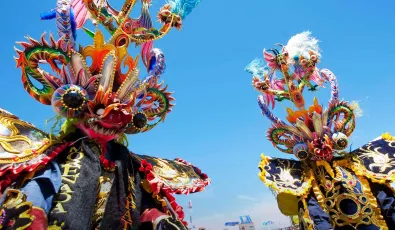

Add new comment